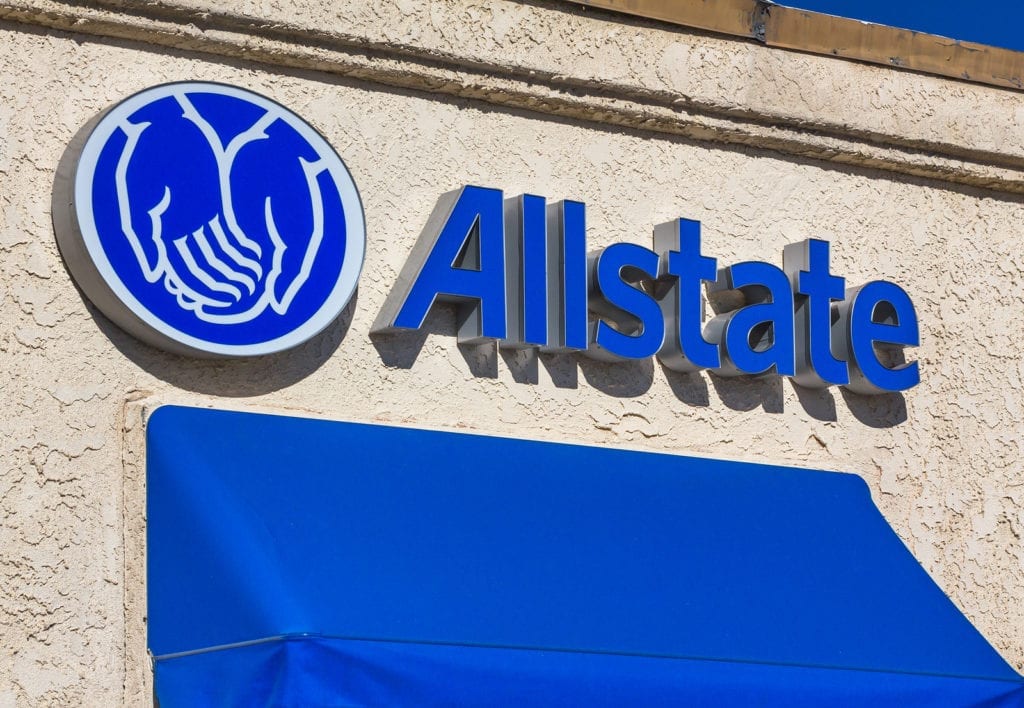In a move that has sent waves across the California home insurance market, Allstate, one of the nation’s leading insurance providers, has hinted at a conditional return to the state’s insurance landscape. This announcement comes amidst a backdrop of increasing challenges faced by homeowners and insurance companies alike, primarily due to the escalating risks of wildfires and other natural catastrophes.
How Allstate’s Conditional Return Could Reshape California’s Home Insurance Market
Allstate’s potential policy changes signify a critical juncture for California’s home insurance market. The insurer’s reliance on catastrophic modeling to set new precedents for rate increases and risk assessment underscores a broader industry shift. Such models, while controversial, may become standard practice as companies seek sustainable ways to manage growing risks.

What Allstate’s Possible Policy Comeback Means for California Homeowners
For California homeowners, Allstate’s tentative steps back into the market could herald significant changes. Behind the statistics and policy discussions are the real-life stories of Californian communities struggling with the uncertainty of the insurance landscape. Increased premiums and coverage limitations may become more common, pushing consumers to reevaluate their insurance needs and options. Understanding these potential shifts is crucial for homeowners aiming to safeguard their properties against future uncertainties.
Catastrophic Modeling and the Future of Insuring High-Risk Areas
Catastrophic modeling represents a paradigm shift in the way insurance companies approach risk assessment and pricing, especially in regions plagued by natural disasters like wildfires. This sophisticated approach involves using computer algorithms to simulate the financial impact of catastrophic events such as hurricanes, earthquakes, floods, and wildfires. For insurers like Allstate, these models are not just tools; they are becoming the backbone of their strategy to re-enter and sustainably serve high-risk areas.
At its core, catastrophic modeling combines historical data with predictive analytics to estimate the probability and potential damages of future natural disasters. These models take into account various factors including climate change trends, urbanization patterns, and the increasing value of properties in susceptible regions. By doing so, insurers can better understand the likelihood of a disaster occurring and the potential cost it could entail.
The Broader Economic Impact
Beyond the immediate concerns of insurance coverage, the crisis has broader economic implications for California. The ripple effects on the housing market, construction industry, and overall financial health of communities highlight the interrelation of insurance with other sectors. Construction projects in high-risk areas might stall as developers and builders face higher insurance premiums or outright denial of coverage. This can lead to a slowdown in the construction of new homes, exacerbating California’s already pressing housing shortage issues. Additionally, the cost of rebuilding after a disaster is likely to increase, reflecting the heightened risk assessments and insurance costs
Conclusion
Allstate’s cautious re-entry into California’s home insurance market reflects a complex interplay of technological, environmental, legislative, and economic factors. In their statement, Allstate mentioned, “Once home insurance rates fully reflect the cost of providing protection…” hinting at the broader challenges of aligning risk assessment with financial sustainability. As the state navigates this evolving landscape, stakeholders from all sectors must come together to forge a path that balances the needs of homeowners with the realities of an uncertain future.


